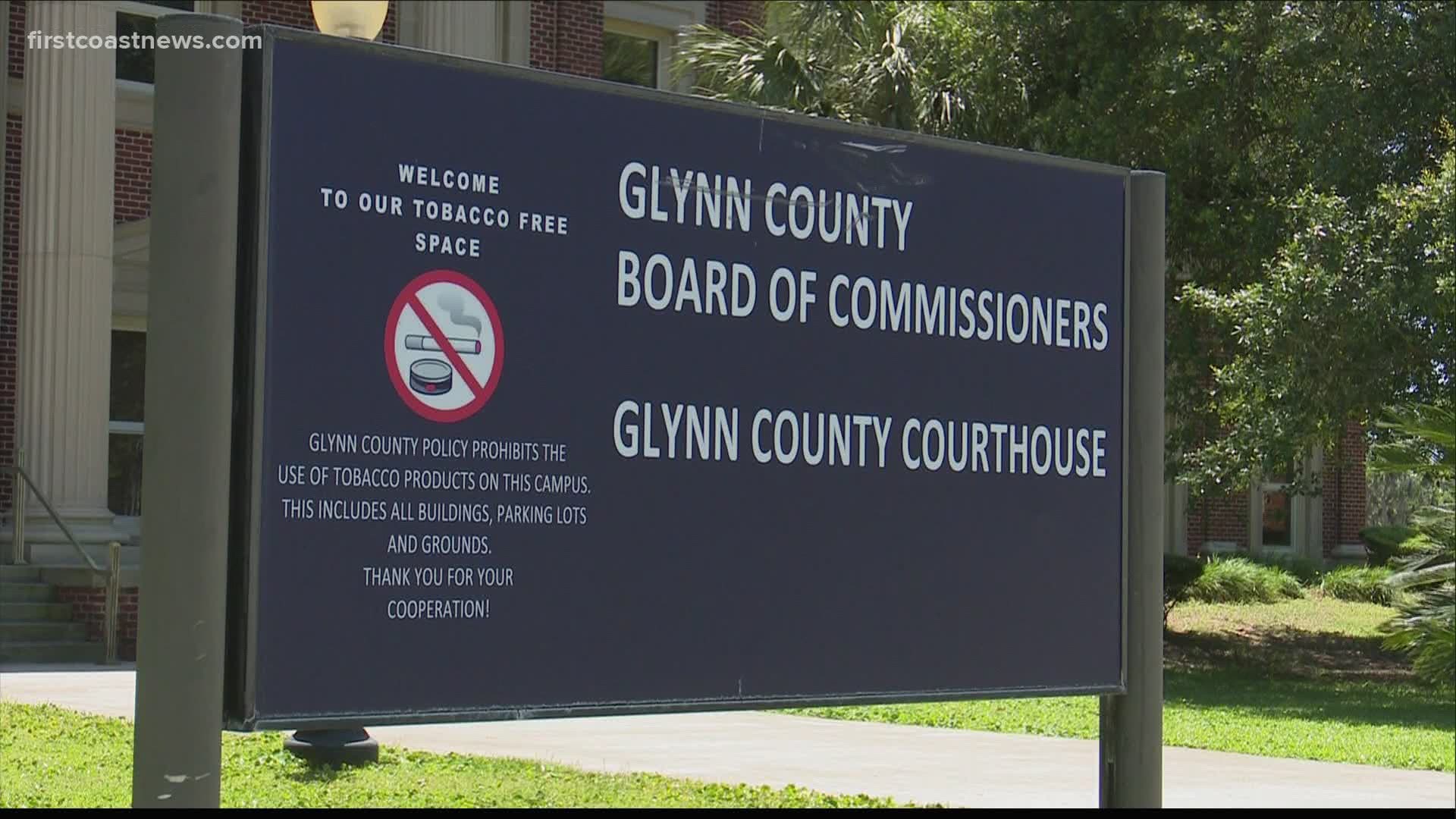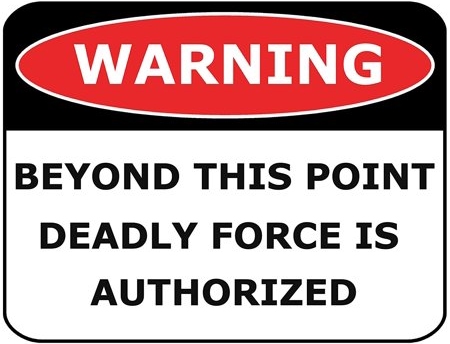About a dozen or so years ago, I read an article in one of the gun rags by Clint Smith. It was titled “The 300”. In his usual kind and generous manner, Clint stated in the article that in the period of the upcoming year, there would be 300 new training schools that would pop up. He stated how much that would be a good thing. And he was right as usual.
But there has been a downside to it. One that I am sure has been around to some extent ever since the first weapons and tactics school opened to teach proper use of the rock and stick. That is the schools that teach some really questionable stuff. In recent years, we’ve seen everything from serious safety violations (instructors shooting themselves, instructors shooting students, instructors having students stand by targets while other students shoot at the targets in the name of “realism”, etc) to really whacky techniques and tactics.
One such technique that I have been hearing about is a student or instructor standing next to a target frame while another student shoots at the target. I find that to be absolutely insane for just about any type of live fire training, let alone an open class with students with mixed skill levels.
I think a lot of the really insane, unsafe stuff that gets put out there in the name of “realism” is due to the desire to satisfy the “tactical tourist”. There are seemingly folks out there, much like fantasy football camps, who take a class to be “Tier One” for a couple of days. That is all well and fine, I have no problem how people spend their own money. The important part is that they go, have fun, and be safe. But, when you start seeing the “commando mind with a potato peelers ass” type safety violations, enough is enough. You’ll hear those that defend this type of behavior quote “Big Boy Rules” as if somehow that negates the unsafe behavior that goes on. They’ll boast that anyone who has a problem with what they do as “panty wetting” and other crap bravado to camouflage how silly what they are doing is.
In 2016, there are far more schools out there from good, solid sources than 300. It is easy to do a little research and pick one that teaches a solid product, without all of the safety shenanigans.






:max_bytes(150000):strip_icc()/national-flag-canada-lge2-56a0e57f5f9b58eba4b4f422.jpg)








